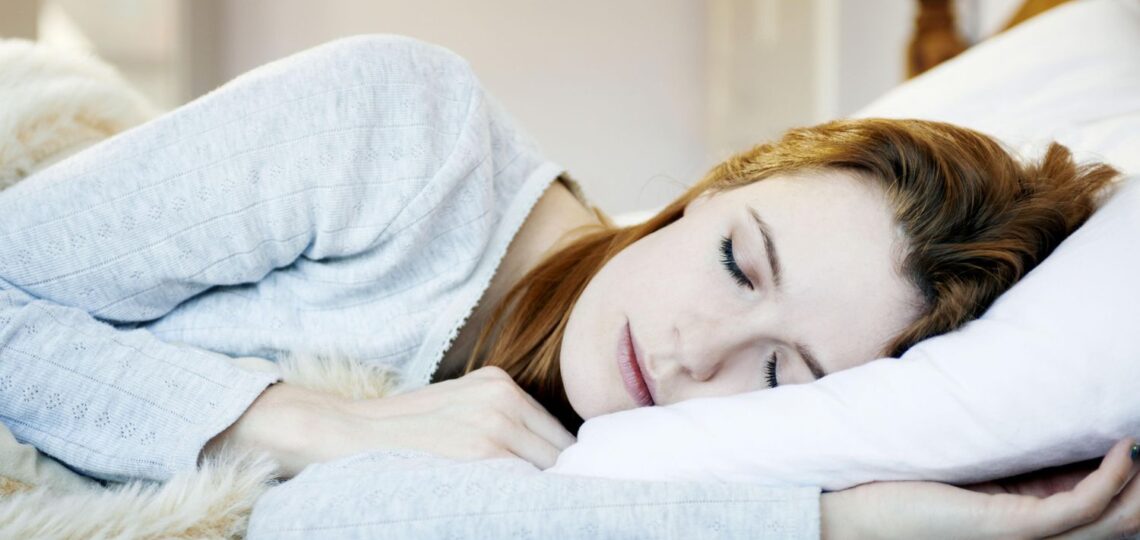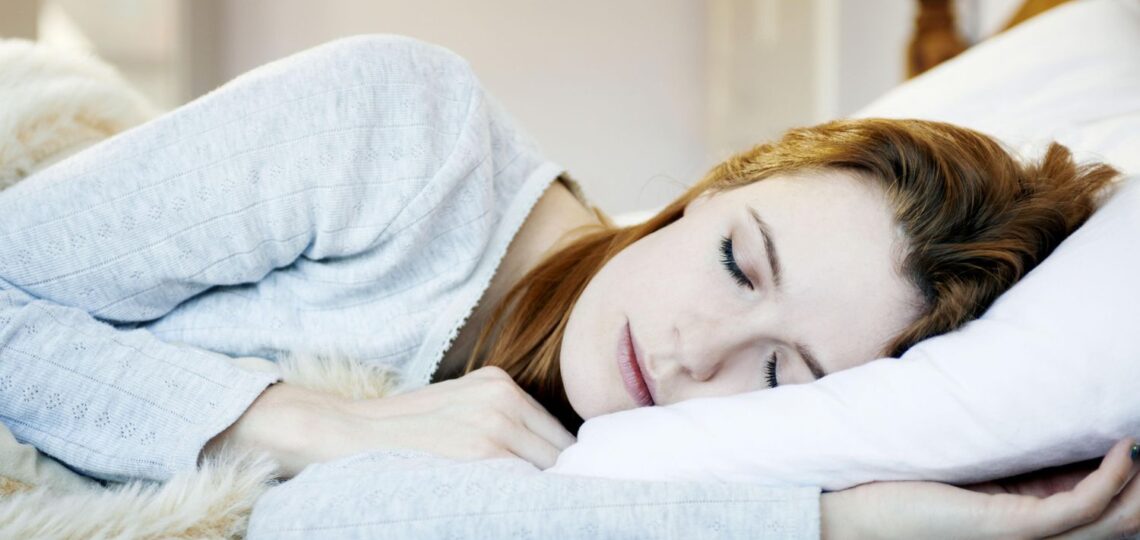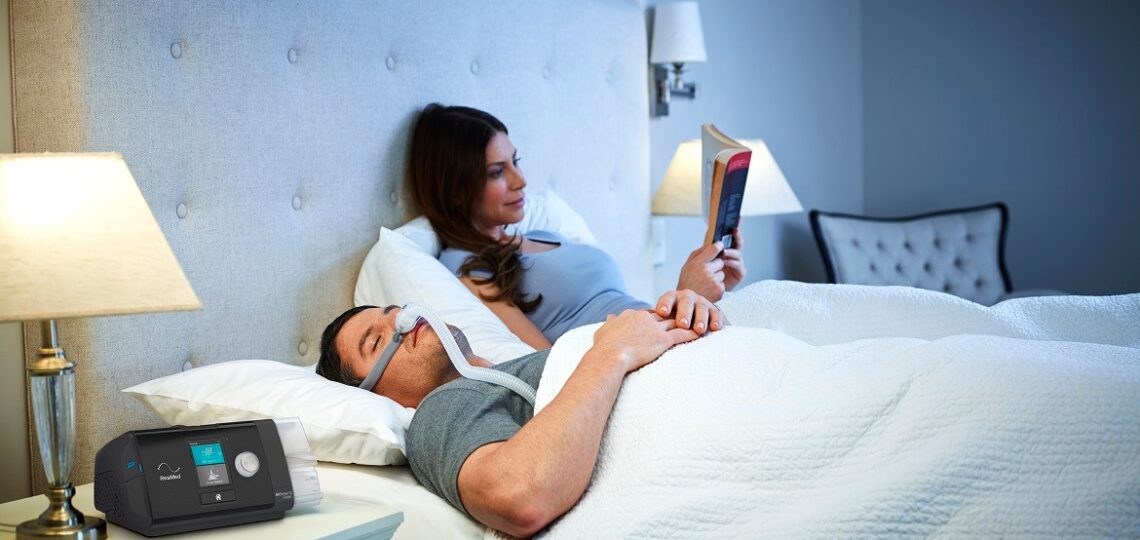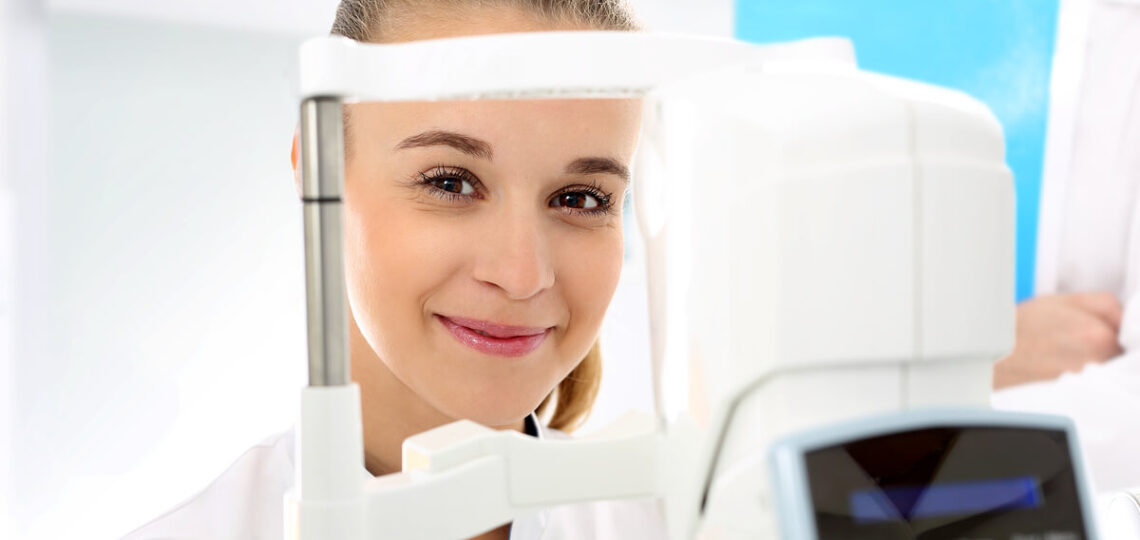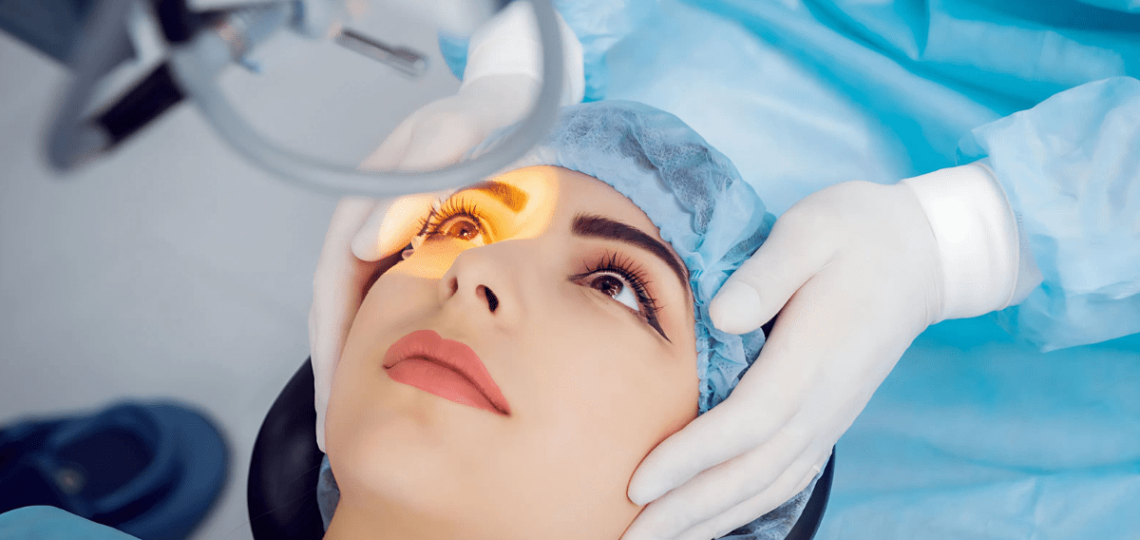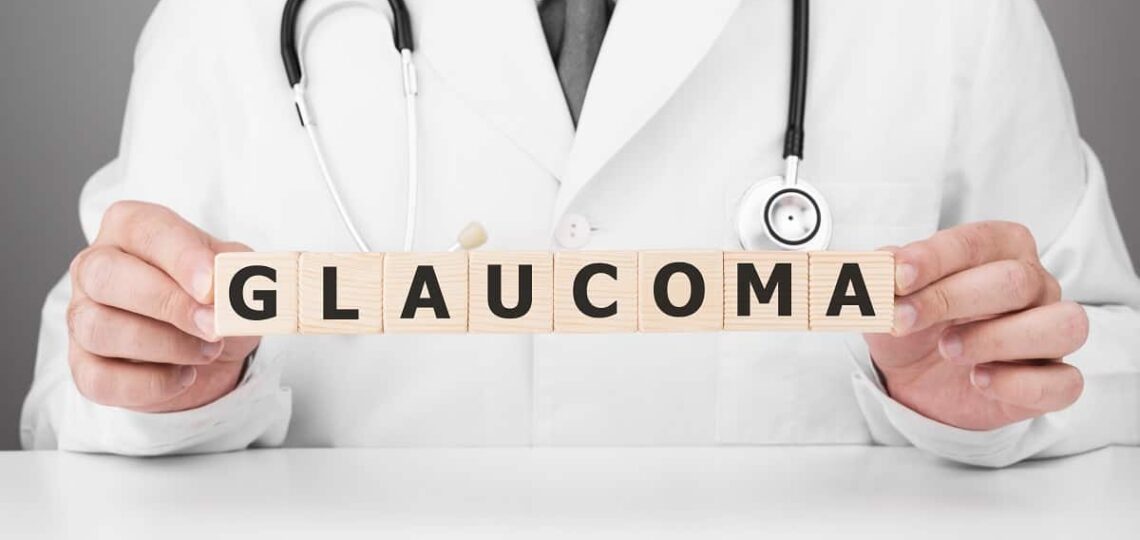Sleep apnea affects thousands of Australians, characterised by repeated breathing interruptions during sleep. These interruptions can occur multiple times per hour, significantly impacting sleep quality and overall health. Early detection through professional sleep apnea testing plays a crucial role in managing this condition. Proper diagnosis enables healthcare providers to implement effective treatment strategies, preventing potential complications such as: The cost of sleep apnea testing in Perth varies based on several factors, including the type of study required and available Medicare benefits. Understanding these costs helps individuals make informed decisions about their healthcare investment. This comprehensive guide examines the various testing options available in Perth, associated costs, and Medicare coverage details. Armed with this information, readers can better navigate…
Author: Chelsea Crane
Sleep apnea is a common yet often overlooked condition that can significantly impact an individual’s quality of life. In Adelaide, specialists are increasingly advocating for awareness and testing, as early diagnosis can lead to effective management and improved health outcomes. Understanding the signs that indicate a need for a sleep apnea test is essential for anyone who suspects they may be suffering from this disorder. What is Sleep Apnea? Sleep apnea is characterised by repeated interruptions in breathing during sleep, which can last for a few seconds to minutes. These interruptions can occur multiple times throughout the night, leading to disrupted sleep patterns and a host of related health issues. The most common form is obstructive sleep apnea…
Sleep is an essential component of overall health and wellbeing. However, many individuals struggle with sleep-related issues that can significantly impact their quality of life. In Adelaide, sleep testing has become a vital tool for diagnosing various sleep disorders. This guide aims to provide insights into when sleep testing should be considered and what one can expect from the process. Understanding Sleep Disorders Sleep disorders encompass a range of conditions that disrupt normal sleep patterns. These disorders can lead to excessive daytime sleepiness, mood disturbances, and even serious health complications if left untreated. Common sleep disorders include insomnia, sleep apnoea, restless legs syndrome, and narcolepsy. In summary, sleep testing Adelaide is a valuable resource for individuals experiencing persistent…
Laser eye surgery has gained immense popularity as an effective solution for various vision problems, including myopia, hyperopia, and astigmatism. The decision to undergo this procedure goes hand in hand with considerations regarding cost, particularly when comparing expenses across different locations. This article delves into the essentials of laser eye surgery, its costs in Sydney, international price comparisons, insurance factors, and the implications of medical tourism. By the end, readers will be equipped with knowledge to make informed decisions regarding laser eye surgery. Understanding the Basics of Laser Eye Surgery Before delving into the costs associated with laser eye surgery, it’s essential to understand what the procedure entails. Laser eye surgery is a medical treatment that utilizes lasers…
LASIK (Laser-Assisted In Situ Keratomileusis) surgery has become a popular option for individuals seeking to improve their vision. With its ability to reduce or eliminate dependence on glasses or contact lenses, many people are curious about its safety and effectiveness. However, the question remains: is LASIK surgery safe for everyone? In this article, we will delve into various aspects of LASIK surgery, evaluating its safety, candidacy, and post-operative care. Understanding LASIK Surgery LASIK surgery is a refractive eye surgery that utilizes a laser to reshape the cornea, allowing light entering the eye to be properly focused onto the retina. This procedure can correct a range of vision issues, including myopia (nearsightedness), hyperopia (farsightedness), and astigmatism. It is performed…
Glaucoma is a serious eye condition that can cause vision loss if left untreated. Understanding glaucoma, recognizing its symptoms, knowing the risk factors, and getting a proper diagnosis are key to managing the disease effectively. In this comprehensive guide, we will explore all you need to know about glaucoma symptoms and treatment options. Understanding Glaucoma Glaucoma is a group of eye diseases that damage the optic nerve, which connects the eye to the brain. It is often associated with high intraocular pressure (pressure inside the eye) and can gradually lead to vision loss. Without early detection and treatment, glaucoma can result in permanent vision impairment. Glaucoma is a complex and multifaceted condition that requires regular eye examinations to…

